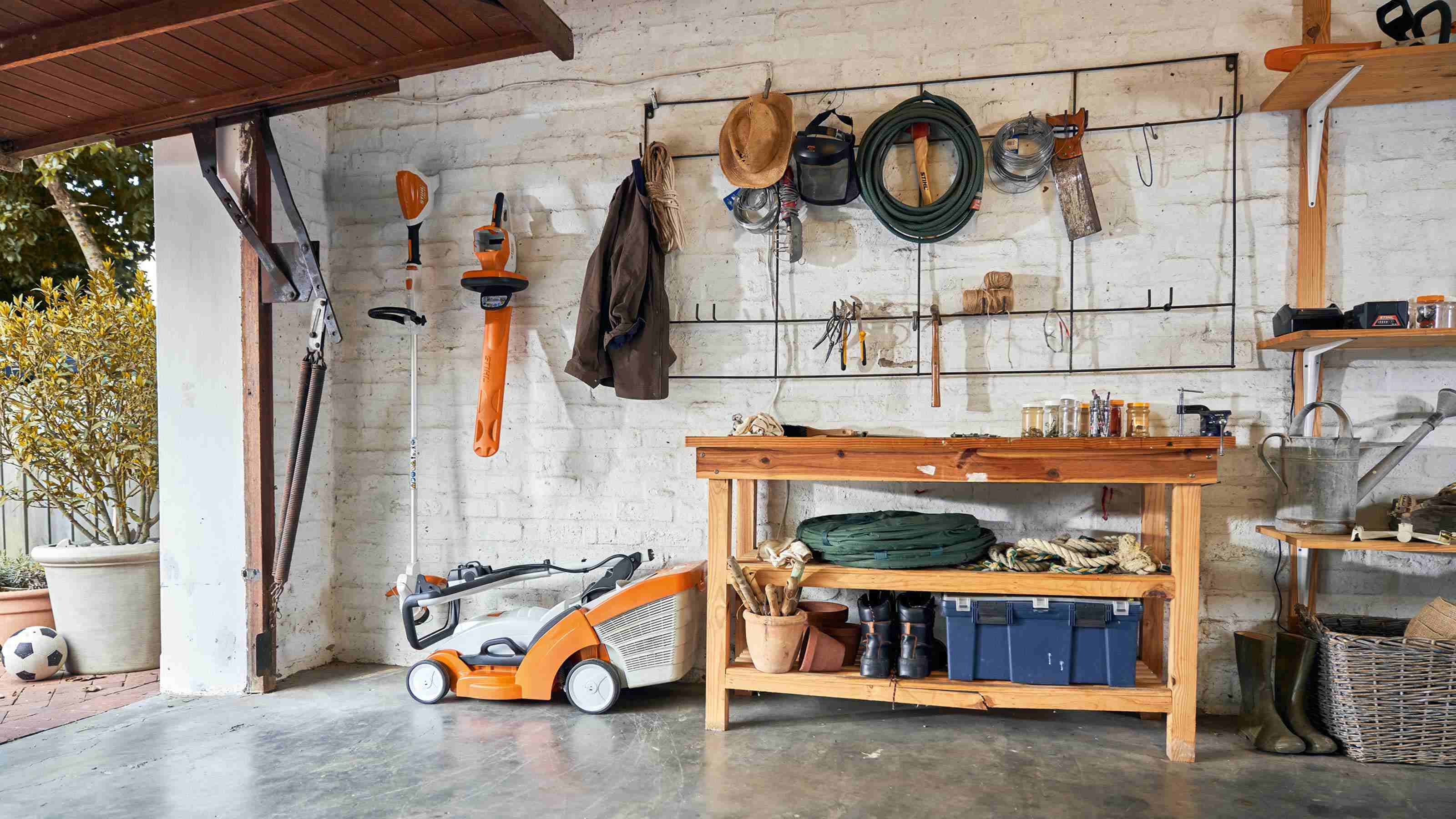

Articles
How To Store Yard Tools
Modified: January 8, 2024
Learn the best ways to store and organize your yard tools with our helpful articles. Keep your tools accessible and in great condition!
(Many of the links in this article redirect to a specific reviewed product. Your purchase of these products through affiliate links helps to generate commission for Storables.com, at no extra cost. Learn more)
Introduction
Keeping your yard tools organized and properly stored is essential for maintaining a tidy outdoor space and ensuring the longevity of your tools. When yard tools are scattered and disorganized, they can become damaged, lost, or pose a safety hazard. By implementing effective storage methods, you can not only optimize the space in your storage area but also make it easier to locate and access your tools when needed.
In this article, we will explore various strategies and tools that can help you efficiently store your yard tools. From clearing and cleaning the storage area to utilizing wall hooks, racks, shelves, and storage bins, we will cover a range of options to suit different storage needs. Additionally, we will discuss the importance of properly maintaining and caring for your tools to ensure their durability.
With the right storage techniques in place, you can create an organized and functional space for your yard tools, making your outdoor tasks more efficient and enjoyable. Let’s dive into the details below.
Key Takeaways:
- Efficiently store yard tools by clearing and cleaning the storage area, sorting tools into categories, and utilizing wall hooks, pegboards, tool racks, shelves, or storage bins. Proper maintenance ensures longevity and optimal performance.
- Organize and maintain yard tools for a functional and efficient storage system. Choose the best storage solution for your needs and diligently care for your tools to enjoy a well-organized and productive outdoor space.
Read more: How To Clear A Yard For Landscaping
Clearing and Cleaning the Storage Area
Before you begin organizing and storing your yard tools, it’s important to start with a clean and clutter-free storage area. This will provide you with a fresh canvas to work with and make the organizing process much easier.
Start by removing any items or debris that are unrelated to your yard tools. This could include old paint cans, broken equipment, or any other miscellaneous items that have accumulated over time. Clearing out these unnecessary items will free up valuable space for your tools and create a more organized storage area.
Once you have decluttered the space, take the time to thoroughly clean the storage area. Sweep the floor, dust off shelves or surfaces, and remove any cobwebs or dirt. This will not only make the space more visually appealing but also help prevent any dirt or debris from accumulating on your tools.
Consider adding a layer of protection to the floor by using a non-slip rubber mat or a durable tarp. This will not only provide an extra layer of insulation and protection for your tools but also make the cleaning process easier in the future.
By starting with a clean and clear storage area, you will create a more organized and efficient space for storing your yard tools. Now that you have a clean slate, let’s move on to sorting and organizing your tools.
Sorting and Organizing Yard Tools
Once you have prepared your storage area, it’s time to sort and organize your yard tools. This step is essential to ensure easy accessibility and to prevent damage to your tools.
Start by gathering all your yard tools in one place. This includes items such as rakes, shovels, hoes, spades, trimmers, and any other tools you use in your outdoor space. As you gather them, assess the condition of each tool and set aside any that are damaged or no longer usable.
Next, it’s time to sort your tools into categories. Consider organizing them based on their function or type. For example, you could group together all the digging tools, cutting tools, or hand tools. This will make it easier to locate and retrieve specific tools when needed.
As you sort your tools, take the opportunity to clean them. Wipe down the handles and remove any dirt or debris from the blades or edges. Not only will this extend the lifespan of your tools, but it will also prevent any dirt or rust from spreading to other tools when they are stored together.
Once you have sorted and cleaned your tools, it’s time to decide on the best storage solutions for each category. There are several options to consider, including wall hooks and pegboards, tool racks and shelves, and storage bins and containers.
By organizing your yard tools into categories and cleaning them before storage, you will create a more streamlined and efficient system. Let’s now explore the different storage options available.
Wall Hooks and Pegboards
Wall hooks and pegboards are excellent storage solutions for yard tools, as they maximize vertical space and provide easy access to your tools. This option is particularly effective for tools with long handles, such as rakes and shovels.
To utilize wall hooks, start by installing them securely onto a sturdy wall in your storage area. Make sure to space them appropriately to accommodate the length and size of your tools. You can find a variety of hooks designed specifically for yard tools at your local hardware store or online.
Once the hooks are in place, hang your yard tools accordingly. Place tools with long handles, like rakes and brooms, toward the bottom and tools with shorter handles, such as hand shovels or pruners, towards the top. This arrangement will help prevent the tools from tangling and make it easier to retrieve them.
Pegboards are another great option for organizing and storing yard tools. These perforated boards allow you to hang tools using pegs or hooks, providing a customizable and versatile storage solution.
To install a pegboard, mount it securely onto the wall, making sure it is level. Once the pegboard is installed, use hooks or pegs to hang your yard tools. You can arrange the tools in a way that makes sense to you, whether it’s by type or frequency of use.
Not only do wall hooks and pegboards keep your tools organized and easily accessible, but they also create a visually pleasing display. You can easily see all your tools at a glance, making it easier to locate the one you need without rummaging through piles of clutter.
Consider labeling or outlining the shape of each tool on the pegboard to ensure everything is returned to its proper place after use. This will help maintain the organization and prevent tools from being misplaced.
Wall hooks and pegboards are a practical and space-saving storage solution for yard tools. By utilizing them, you can keep your tools organized, reduce clutter, and create a functional storage area.
To store yard tools, consider using a pegboard or wall-mounted tool rack to keep them organized and easily accessible. This will help prevent clutter and make it easier to find the right tool when needed.
Tool Racks and Shelves
Tool racks and shelves are versatile storage solutions that can accommodate a variety of yard tools, from small hand tools to larger equipment. They provide a sturdy and efficient way to keep your tools organized and easily accessible.
When choosing a tool rack or shelf, consider the size and weight of your tools to ensure it can properly support them. Look for racks or shelves made of durable materials, such as metal or heavy-duty plastic, that can withstand the weight and wear of your tools.
If you have a larger collection of tools, you may want to opt for a freestanding tool rack with multiple tiers or levels. This will provide ample space to store tools of different sizes without taking up too much floor space in your storage area.
For smaller hand tools, a wall-mounted tool rack with hooks or slots can be a practical solution. These racks can be easily installed on the wall using screws or brackets and provide designated spaces for each tool.
When organizing your tools on the racks or shelves, consider grouping them by type or function. For instance, you could designate a section for gardening tools, another for pruning tools, and so on. This will make it easier to locate the specific tool you need and prevent clutter.
Additionally, some tool racks and shelves come with adjustable shelves or modular components that allow you to customize the layout to suit your specific needs. This flexibility can adapt to changes in your tool collection over time.
Properly maintaining your tool racks and shelves is also essential to ensure their longevity. Regularly check for any signs of wear or damage, such as loose shelves or bent hooks, and repair or replace them as needed. Keeping the racks and shelves clean and free from dirt or debris will also help keep your tools in excellent condition.
Tool racks and shelves offer a convenient and organized way to store your yard tools. With their sturdy design and customizable options, you can create a neat and functional storage area that meets your specific needs.
Read more: How To Level A Yard With Grass
Storage Bins and Containers
Storage bins and containers are a versatile and flexible storage solution for yard tools. They provide a convenient way to keep your tools organized, protected, and easily transportable if needed.
When selecting storage bins or containers, opt for durable and weather-resistant options, especially if they will be stored in an outdoor shed or garage. Look for containers made from materials such as heavy-duty plastic or waterproof fabric that can withstand the elements.
Consider choosing bins or containers with lids to provide an extra layer of protection against dust, moisture, and pests. Labeled bins can also help you quickly identify the tools you need, saving you time and effort.
Sorting your tools into different bins based on their type or function can help streamline the storage process. For example, you might have a bin dedicated to gardening tools, another for lawn care tools, and so on.
When placing tools in the bins or containers, make sure to position them in a way that minimizes contact between sharp edges or blades. You can use dividers or foam inserts to create compartments or cushioning for delicate tools like pruning shears.
Stacking the bins or containers is also an effective way to optimize vertical storage space. Make sure to place heavier bins at the bottom to provide stability and prevent the risk of toppling over.
If you have limited floor space or prefer a more mobile storage option, consider using wheeled storage bins or containers. These allow you to easily move your tools around the yard or between different storage areas without straining your back.
Proper maintenance of the storage bins and containers is essential to ensure their longevity. Regularly check for any signs of wear or damage, such as cracks or broken handles, and repair or replace them as needed. Keep the bins clean and free from dirt or debris to prevent damage to your tools.
Storage bins and containers offer a practical and flexible solution for organizing and storing your yard tools. With their versatility and convenience, you can keep your tools protected, accessible, and ready for use.
Proper Maintenance and Care
Proper maintenance and care of your yard tools are crucial for their longevity and optimal performance. By following some simple practices, you can ensure that your tools remain in good condition and are ready for use whenever you need them.
One important aspect of maintenance is cleaning your tools after each use. Remove any dirt, grass, or debris from the blades or surfaces of your tools. This helps prevent rust and corrosion, and it also makes the tools easier to handle during the next use.
If your tools have wooden handles, it is essential to keep them well-maintained. Regularly inspect the handles for any signs of cracks or splintering, and sand them down if needed. Applying a protective coat of wood sealant or varnish can further enhance their durability and appearance.
Sharpening blades and cutting edges is another vital maintenance task. Dull blades not only make your tasks more difficult but also increase the risk of accidents. Invest in a sharpening tool or take your tools to a professional for sharpening when necessary.
For tools with moving parts, such as shears or trimmers, regular lubrication is essential. Apply lubricating oil to the joints and pivot points to keep the tools operating smoothly and to prevent rust from forming.
Proper storage is also a key factor in maintenance. We have already discussed various storage options, but it is important to choose a storage area that is well-ventilated and protected from moisture. Avoid leaving tools outside exposed to the elements, as this can accelerate rust and wear.
Regular inspections of your yard tools can help identify any damage or wear before it becomes a bigger issue. Check for loose handles, bent or broken parts, or any signs of wear and tear. Repair or replace tools as needed to prevent further damage or accidents.
Lastly, it is crucial to follow the manufacturer’s instructions for each tool. This includes guidelines for safe use, maintenance, and any specific recommendations. Adhering to these instructions will help prolong the lifespan of your tools and ensure your safety.
By implementing proper maintenance practices and caring for your yard tools, you can maximize their lifespan and performance. Taking a few minutes to clean, sharpen, and inspect your tools regularly can save you time and money in the long run and help you enjoy a well-maintained outdoor space.
Conclusion
Properly organizing and storing your yard tools is essential for maintaining an efficient and functional outdoor space. By implementing effective storage methods, you can not only keep your tools easily accessible but also extend their lifespan and ensure their optimal performance.
Clearing and cleaning the storage area provides a fresh start and eliminates unnecessary clutter, creating a clean and organized space for your tools. Sorting and organizing your yard tools by category or function helps streamline the storage and retrieval process, saving you time and effort.
Utilizing storage solutions such as wall hooks, pegboards, tool racks, shelves, and storage bins maximizes space and offers convenient access to your tools. Each option has its advantages, so choose the one that best suits your storage needs and preferences.
Proper maintenance and care of your yard tools are essential for their longevity. Regular cleaning, sharpening, lubrication, and inspection help keep your tools in optimal condition and prevent unnecessary wear and tear. Following manufacturer’s instructions and storing your tools in a ventilated and protected area further ensures their durability.
By organizing and maintaining your yard tools effectively, you can create a functional and efficient storage system that enhances your outdoor tasks and adds value to your gardening or landscaping endeavors.
Remember, an organized storage area not only promotes safety but also allows you to enjoy a neat and tidy outdoor space. Take the time to implement these storage and maintenance practices, and you will reap the benefits of a well-organized and productive yard tool collection.
So, whether you choose to hang your tools on wall hooks or pegboards, set them neatly on tool racks or shelves, or store them in sturdy storage bins and containers, the key is to find a system that works for you and diligently maintain it. Your yard tools will thank you with increased longevity and better performance, while you enjoy a more organized and efficient outdoor environment.
Frequently Asked Questions about How To Store Yard Tools
Was this page helpful?
At Storables.com, we guarantee accurate and reliable information. Our content, validated by Expert Board Contributors, is crafted following stringent Editorial Policies. We're committed to providing you with well-researched, expert-backed insights for all your informational needs.
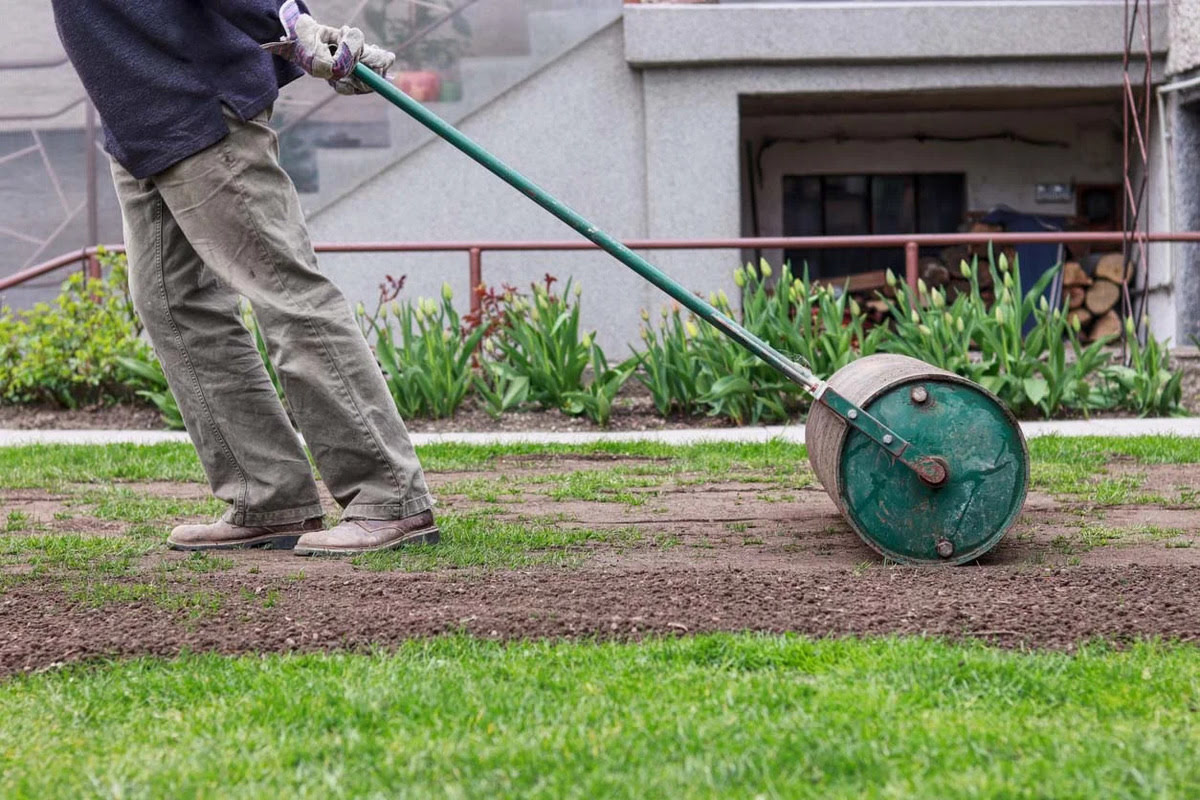

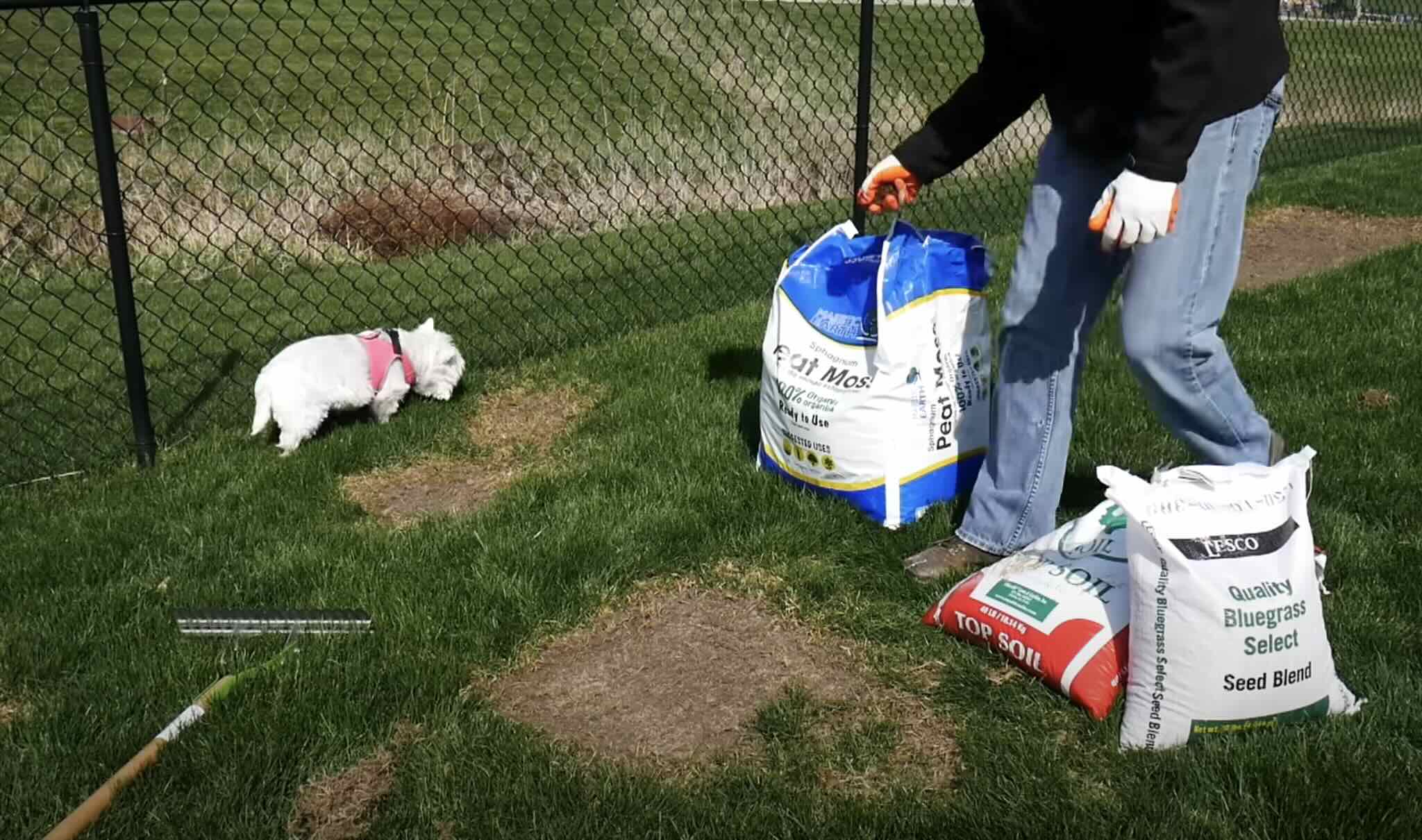
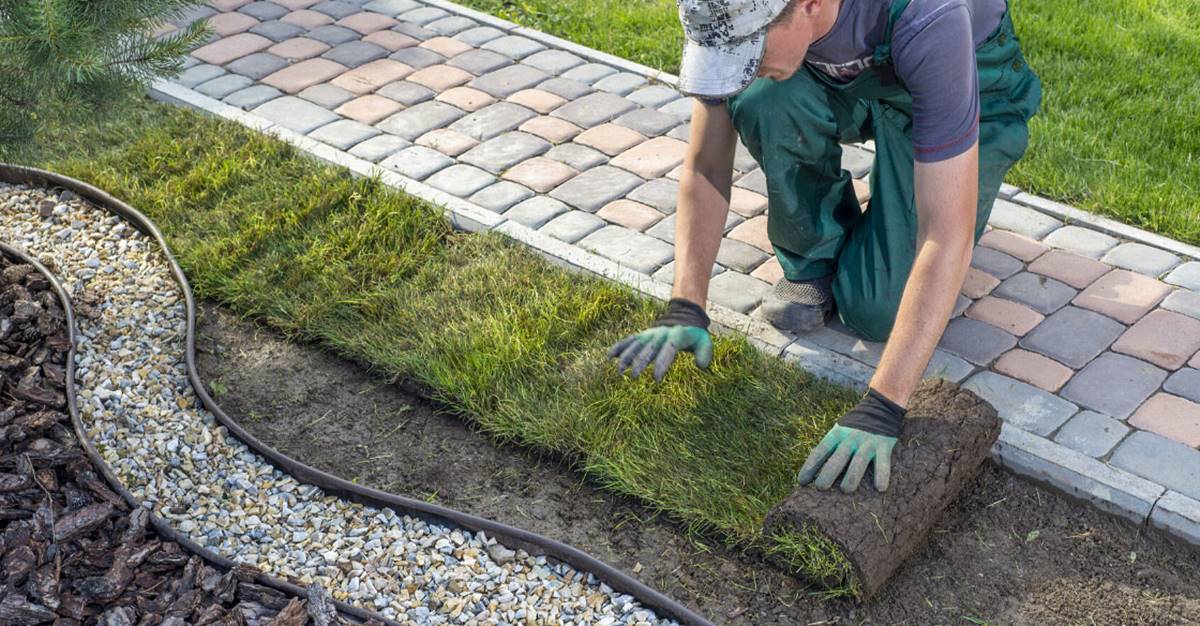
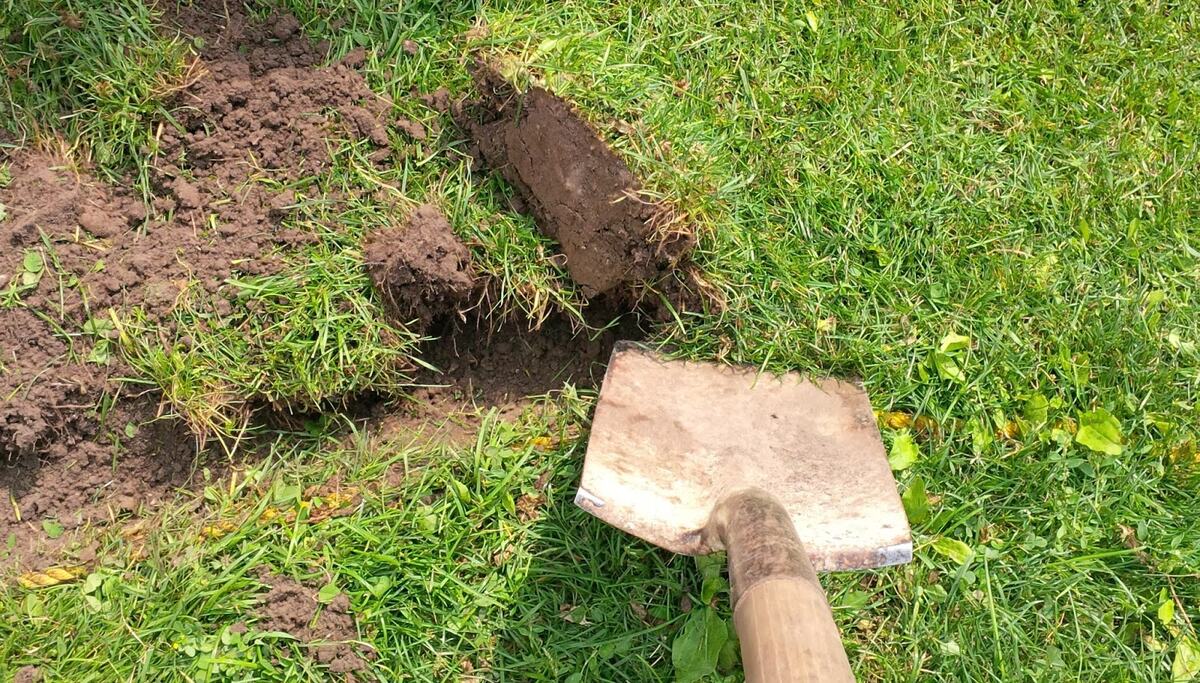

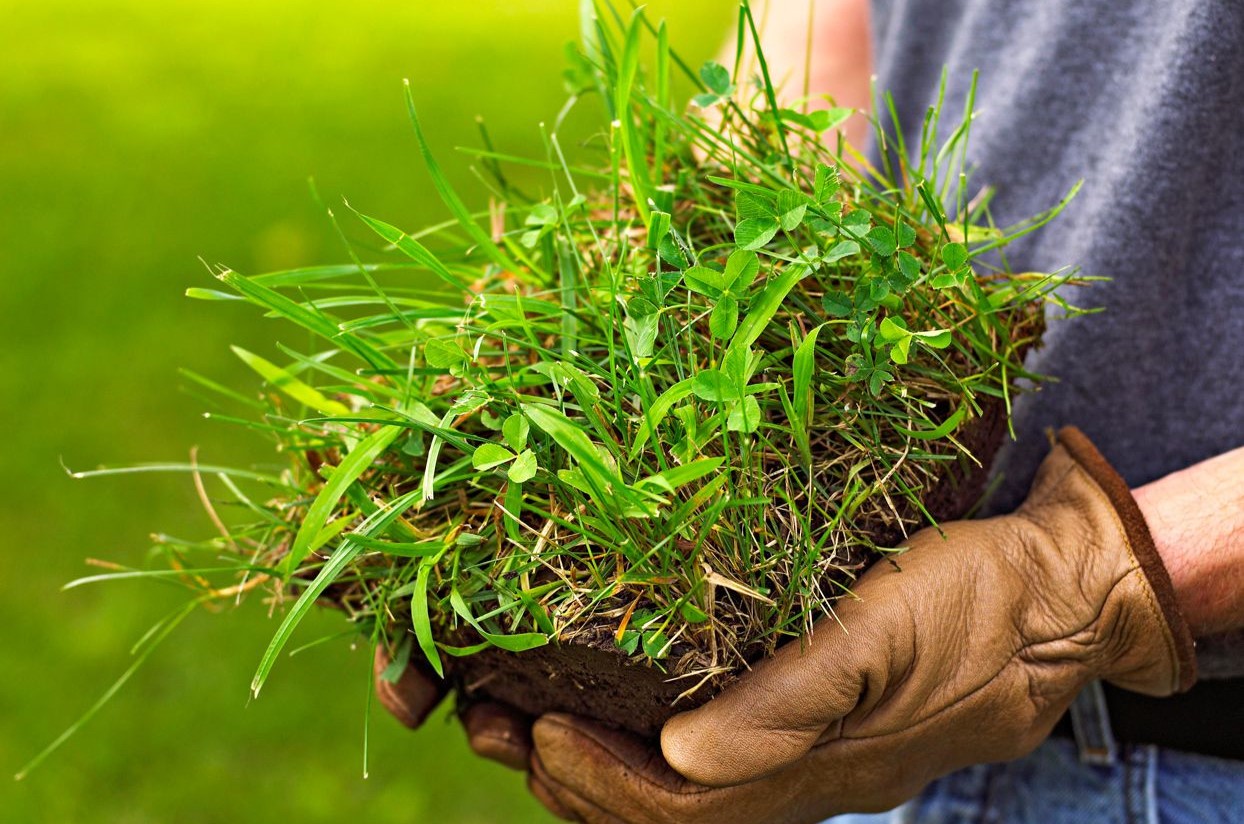
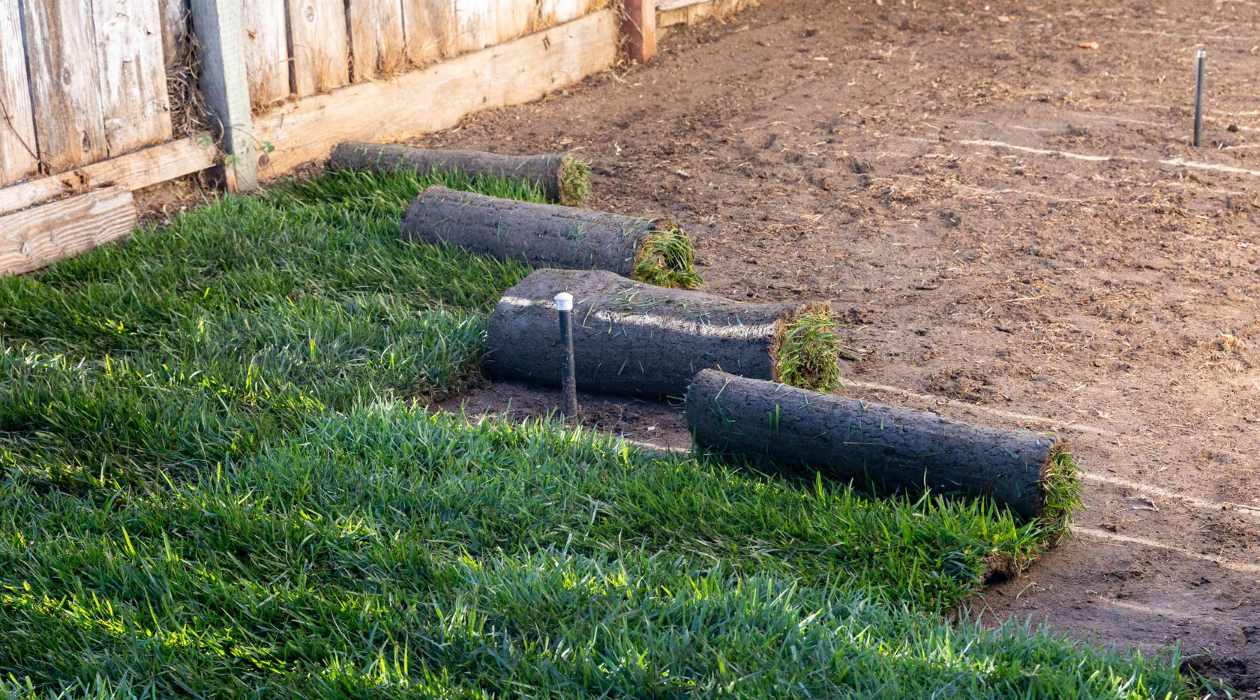
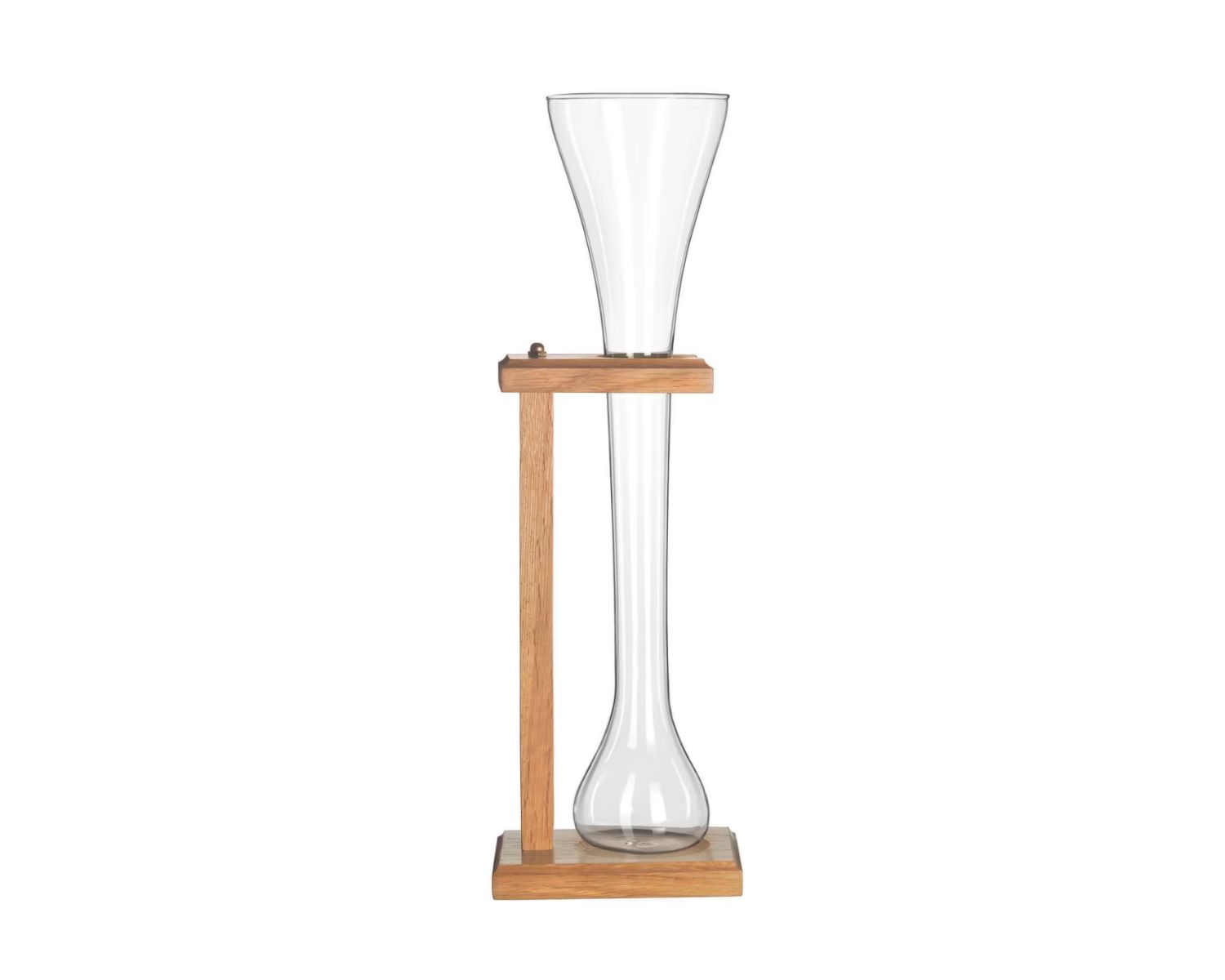

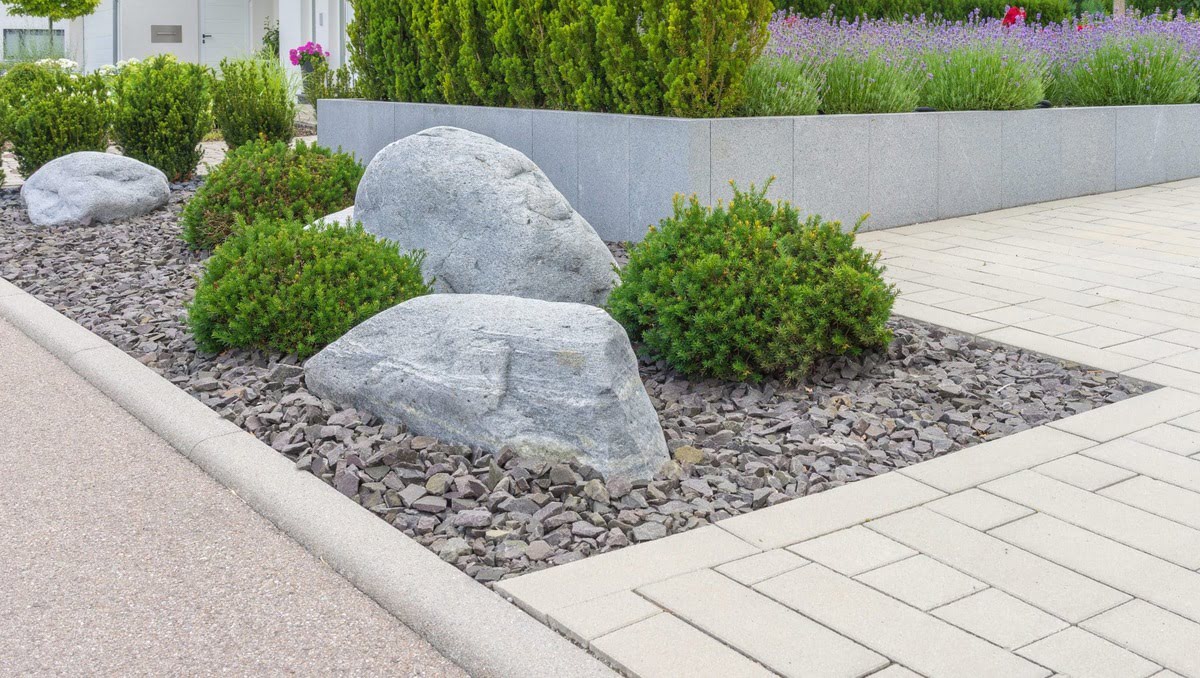




0 thoughts on “How To Store Yard Tools”